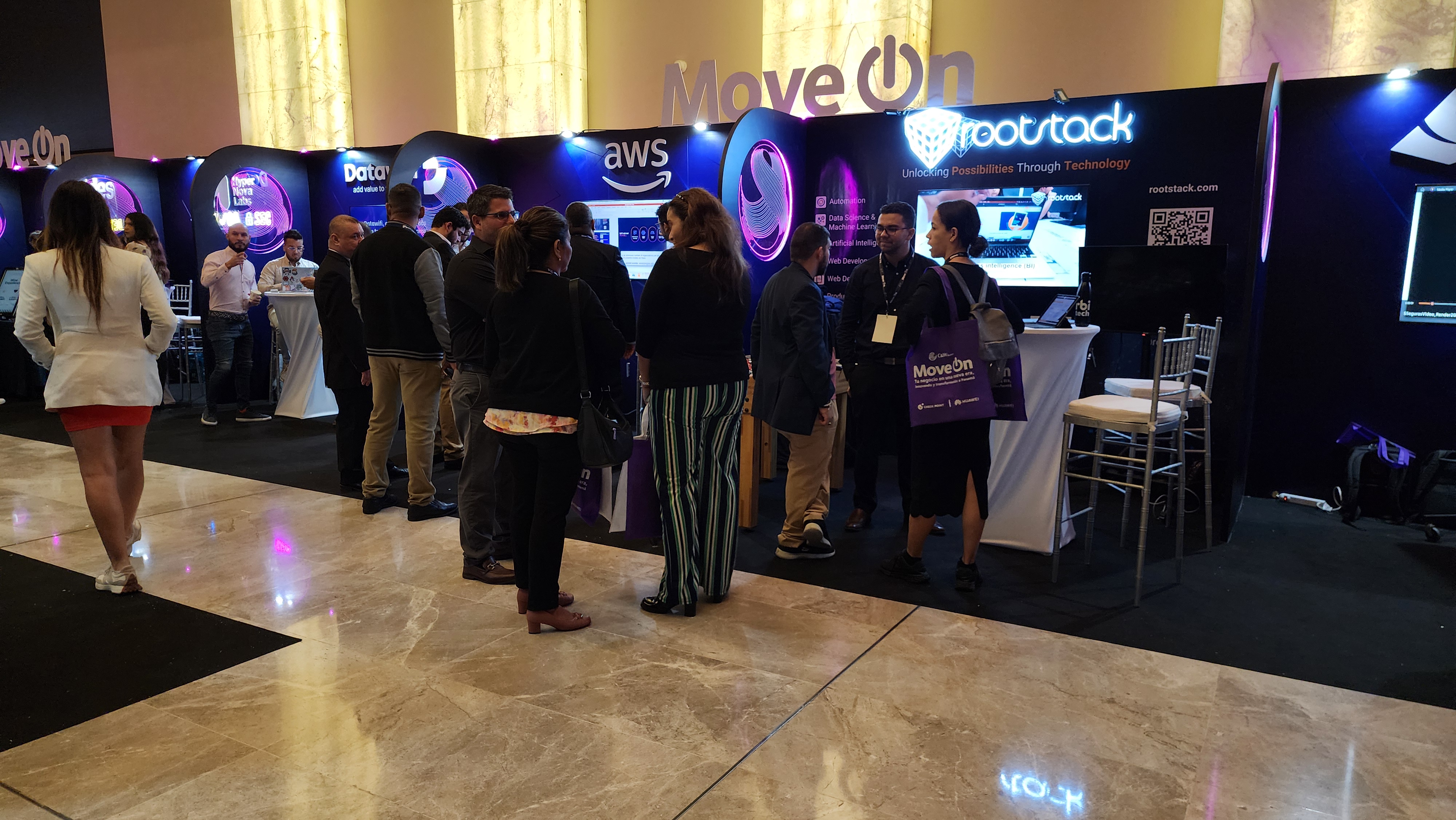February 23, 2024
MuleSoft for the government: improving citizen
services and streamlining operations
Table of contents
Quick Access

It is normal when within a company, institution or work team several software and applications are used within the workflow, which can make it difficult to be aware of what is happening in each one or the information contained. This is what MuleSoft is for, the perfect integrator.
MuleSoft, as they define it in their official documentation, “is a platform that gives IT the tools to automate everything. This includes integrating data and systems, automating workflows and processes, and creating incredible digital experiences, all in a single, easy-to-use platform. With our unique approach, IT creates the digital building blocks that teams can use as needed, all with the appropriate security, governance and compliance measures built in.”
Uses of MuleSoft in a government institution
MuleSoft, an Anypoint platform from Salesforce, is a powerful integration platform that can offer several benefits to government institutions:
- Data Integration: Government agencies often have disparate systems and databases. MuleSoft can integrate these systems, allowing for seamless data flow between them. This integration improves operational efficiency and enables better decision making by providing access to unified data in real time.
- System modernization: Many government institutions still rely on legacy systems. MuleSoft can facilitate the modernization of these systems by enabling the integration of new cloud-based applications with existing on-premises systems. This ensures smoother transitions and allows agencies to take advantage of modern technologies without completely overhauling their existing infrastructure.
- Citizen Services: Government agencies can use MuleSoft to create APIs that expose their services and data to citizens, businesses, and other government agencies. This can lead to the development of citizen-centric applications, portals and services, improving accessibility and transparency.
- Streamlined Processes: MuleSoft's workflow capabilities enable the automation and orchestration of complex processes within government institutions. This can streamline bureaucratic processes, reduce manual intervention and minimize errors, resulting in cost savings and better service delivery.

- Security and Compliance: Government institutions handle sensitive data and must adhere to strict security and compliance standards. MuleSoft provides robust security features, including encryption, access control, and threat detection, ensuring data remains secure and compliant with relevant regulations such as GDPR or HIPAA.
- Inter-Agency Collaboration: MuleSoft facilitates interoperability between different government agencies by enabling the exchange of data and services through APIs. This promotes collaboration, information sharing and joint initiatives, leading to more efficient governance and better delivery of public services.
- Analytics and Insights: By integrating disparate data sources, MuleSoft enables government agencies to gain deeper insights through analytics. Agencies can analyze data across multiple systems to identify trends, patterns, and correlations, helping them make data-driven decisions and optimize resource allocation.
- Disaster Response and Emergency Management: During crises such as natural disasters or public health emergencies, MuleSoft can play a crucial role in coordinating response efforts. By integrating multiple emergency response systems and sharing data in real time, government agencies can better manage resources, disseminate information, and respond effectively to emergencies.
Overall, MuleSoft can significantly improve the efficiency, agility, and effectiveness of government institutions by facilitating data integration, modernization, citizen services, process automation, security, collaboration, analytics, and data management emergencies.
We recommend you on video
Related Blogs

We were at MoveOn 2024! Rootstack sponsored one of the most important tech events in Panama
Vue.js or React for frontend development?


How to integrate UiPath RPA with a database

